Hi folks, this is Lady Merlin writing my first Out of Cards article and I'm really excited about this one. For years I've been wanting to write about how to build your own competitive deck.
I'm the kind of player that flourishes best when playing my own stack of cards - I have more fun and that makes me want to play more games. Climbing the ladder isn't just a test of skill but also of endurance - I believe having fun is as essential as a deck's win rate. For players who want to start dipping their toes into creative waters, this guide is for you.
I'll begin with my general strategy of how to construct a deck and after that, I'll show you how I used that strategy to create the Aphelios/Zoe (Targon/Freljord) deck I piloted from Diamond IV to Masters. I'll show you what the deck initially started in Part Two as and then in Part Three how I playtested and modified the deck into fighting form. Overall I played a recorded 34-25 (59.3% WR) games from Diamond IV to Masters, with the final list contributing 13-8 (~62% WR) from Diamond II to Masters.
Please note: This is an intermediate article that assumes readers know general card game concepts, but if you're confused please do not hesitate to reach out!
Part One: The Anatomy of a Deck
In some ways, a deck is just a pile of cards. Good decks have a clear game plan, knowing how and when they want to win. The very best decks create overbearing advantages and/or are very flexible.
Building your own deck is about identifying its components:
- The Core - these are the cards that make the deck work
- The Engine - support and synergy cards that keep the deck running
- Good Stuff - the cards that make people want to pick a particular Region; and if there's room left:
- Flex Spots - cards that don't necessarily synergize with the deck, but ideally target your local meta.
The Core
Your deck's Core can be thought of as its main win condition -- a card or combination of cards that give you a distinct advantage. Most win conditions require you to play cards that 'stick' on board for a while, but not all of them.
For example, Feel The Rush is a powerful spell that often wins games on the spot, or a turn or two later. It has a deck building requirement of six Champions being played (preferably ones that scale well when made 10/10)
Your Core might then start as, Feel The Rush x3, Trundle x3, and Tryndamere x3.
These cards define your deck and are unconditional -- in almost all circumstances, you can't take them out without making your deck weaker.
The Engine
Your deck's Engine is what keeps the deck running. It's the cards that have a natural synergy with what your deck wants to do or supports your main win condition in some other way.
With the Feel The Rush example -- waiting until you hit 12 mana naturally will often lose you the game, well before turn 9. Feel the Rush then wants either cards that cheat the spell out (like Targon's Peak), that ramps mana (Faces of the Old Ones, Wyrding Stones, Catalyst of Aeons) or provides critical defensive advantages.
As a general note, often times cards that draw or tutor for more cards can be counted in the Engine, especially if they tutor any important combo pieces.
Engine Cards often take up 8-20 slots in a deck. Often times you'll see most cards 2-of or 3-of since they're important, but the precise mixture depends on a lot of playtesting and making sure you have a solid mana curve.
Good Stuff
In a very expansive card game, such as the Legacy format of Magic: the Gathering (which has thousands of cards to choose from), decks may be entirely composed of the Core and Engine cards. For most limited formats (like 'Standard' in almost every card game), this isn't the case and there are often anywhere from 3 to 24 cards or so that don't directly synergize with your deck's main win condition but are there to fill the rest of the space.
'Good Stuff' (named after a deck archetype in Magic: the Gathering that is made of nothing but these types of cards) are cards that are more powerful than average for their mana cost.
They're the cards you may notice that are played in almost every deck of a particular region, such as Deny, Zap Sprayfin, Single Combat, and occasionally even champions like Twisted Fate.
No matter what deck they're in, they'll raise the overall winrate. They're the reason people want to pick a certain Region to play. These are often the first non-Core/Engine cards we'll stick in our decks.
Flex Spots
Finally, to fill out the rest of your deck you have your Flex Spots. These are cards that are often swapped in and out depending on the local meta. They're decent cards, but none of them are essential beyond maybe filling out your mana curve or offering a few combat tricks. If you're facing a lot of aggro decks on the ladder, you might choose to fill these spots with healing cards or other stall tactics.
Recap
Let's do a quick breakdown of a popular meta deck, Lee Sin/Zoe.
Zoe is mostly a support card while the main win condition is:
- Level up Lee Sin
- Give him Overwhelm (and +x/+0 buffs)
- Challenge an enemy unit
- Win the game.
The Core might then look like:
- 3x Lee Sin
- 3x Zenith Blade (or recently, Gifts From Beyond)
- A general deck building restriction that requires you to cast at least 8 spells.
The Engine might be:
- 3x Zoe (provides unlimited spells and an alternate win condition)
- 2-3x Mentor of the Stones (provides 3 spells and/or buff)
- 2-3x Deep Meditation (provides 3 spell count + tutor)
- 3x Eye of the Dragon (really likes spells being cast, provides defense/heal)
- Arguably, 2-3x Mountain Goat (provides chip damage/defense, +1 or more spells)
Good Stuff:
Flex Spots:
- Everything else
So that's 24-26 cards that likely won't be changed too much, with 14-16 cards that may be swapped around depending on the meta.
Pop Quiz: Using these definitions, how would we break down a deck like swimstream's Fiora/Shen Deck?
Conclusion
Now that we understand one general strategy for building a deck, let's make one! Click here for Part 2 of this series: Building the Deck]


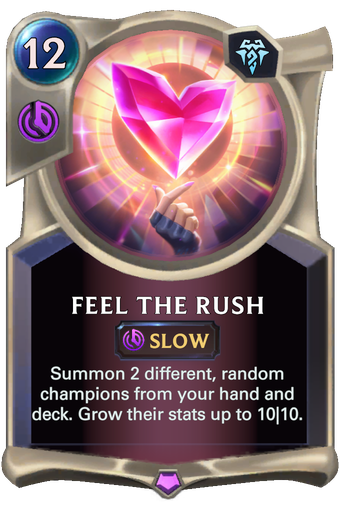
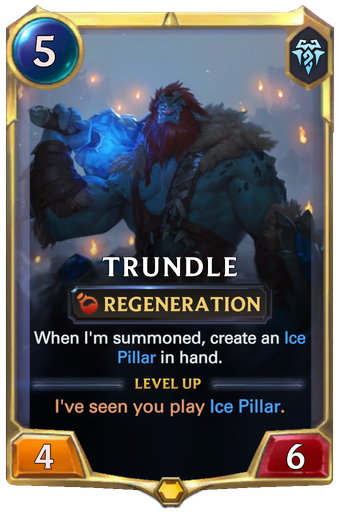
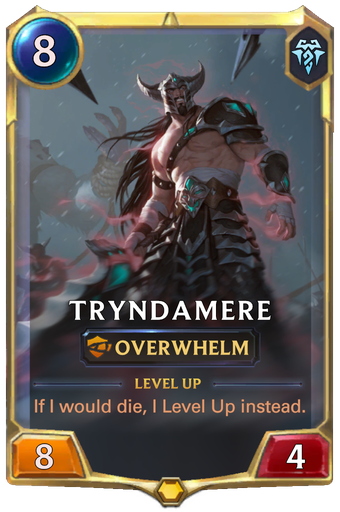
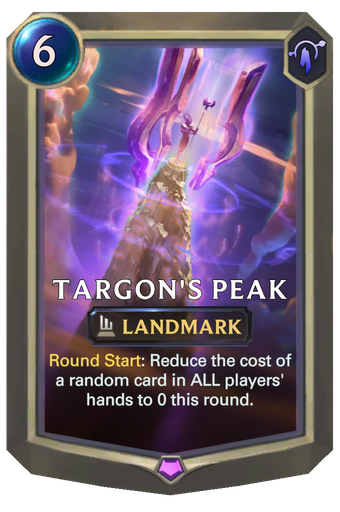
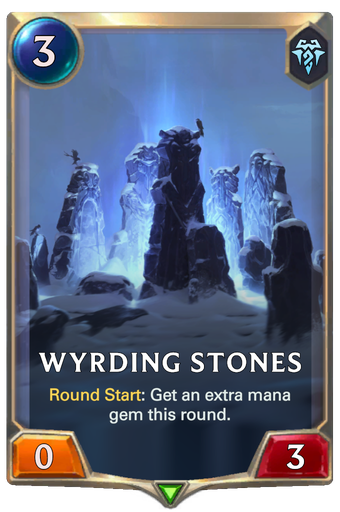
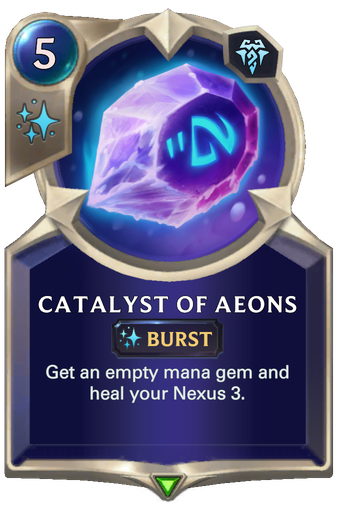
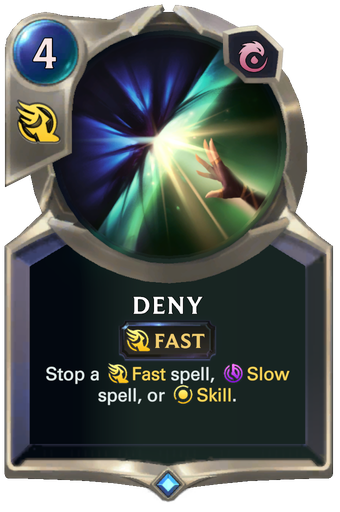
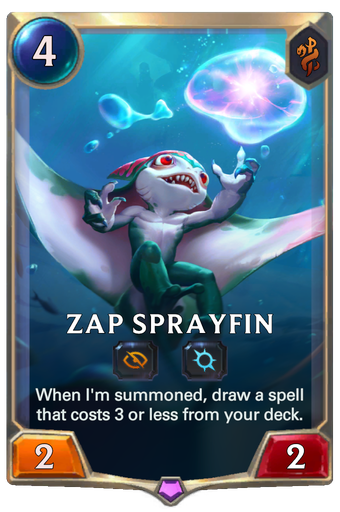
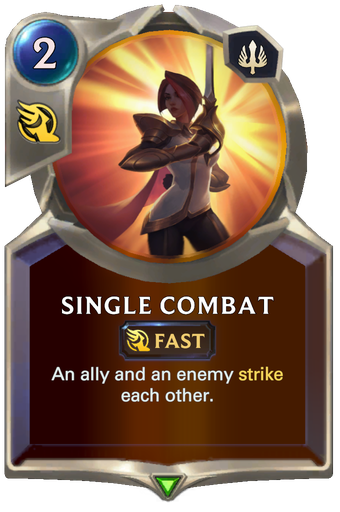
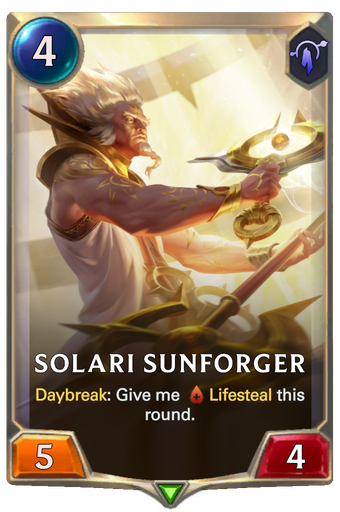
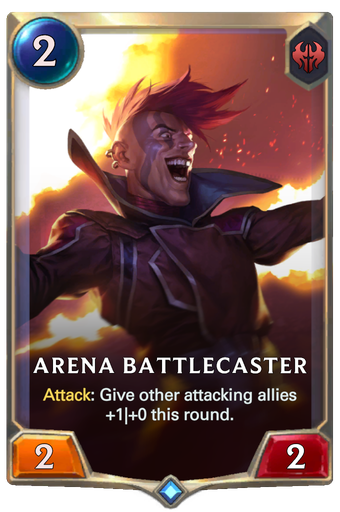
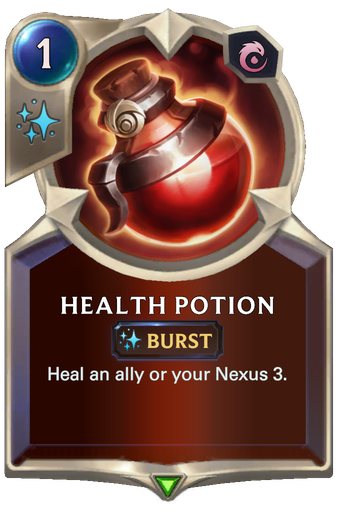
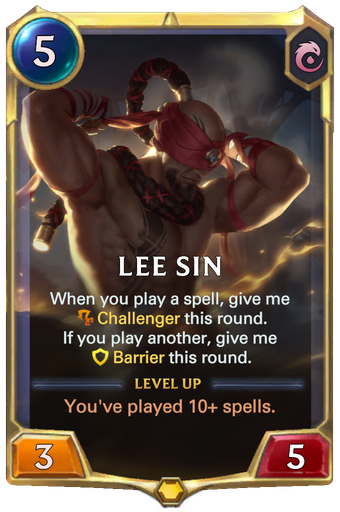
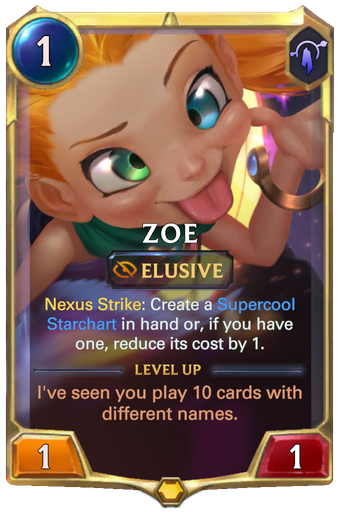
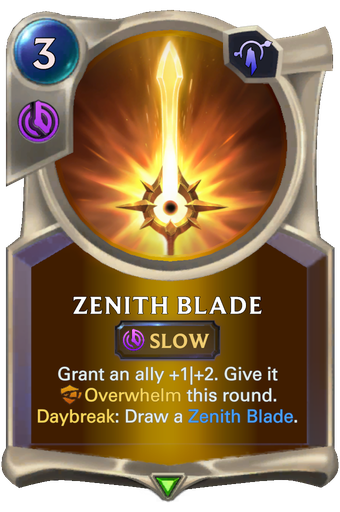



Comments
Very nice and detailed article, waiting for part 2!
Thank you so much Theodrinus, it will be out soon!
Thanks for the tips, and good job on your first article - this is exactly the sort of post I've been looking for, especially regarding LoR, which I mostly stink at. I actually tried them out, keeping this stuff in mind putting together an Ashe/Fiona deck, and hey, I won my first match in a blowout, so I'll throw all credit your way :)
You're so welcome! I'm so pleased you were able to have that blowout win with your Ashe/Fiora deck. I hope building more of your own decks helps your enjoyment with the game - I feel like there's nothing quite like crushing with a list of cards you made yourself.